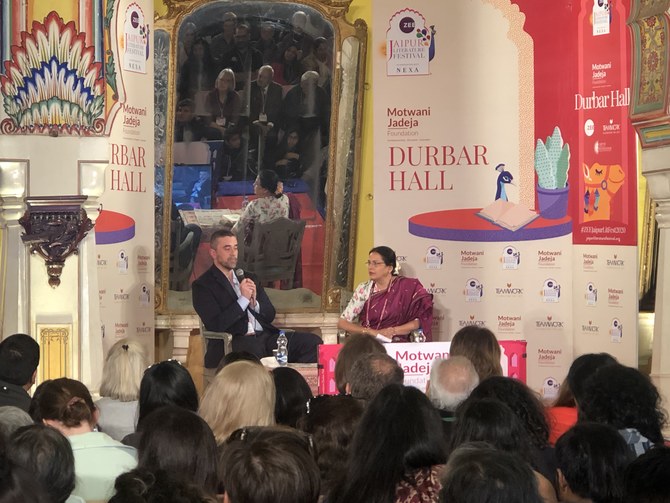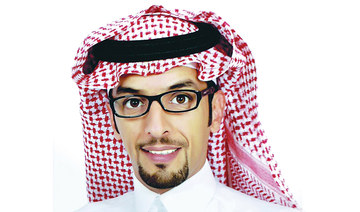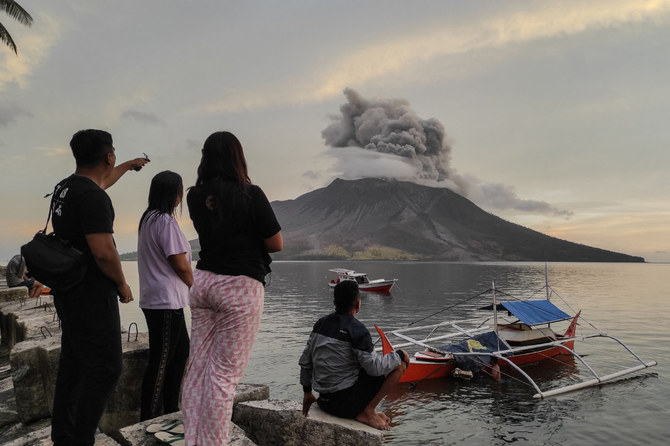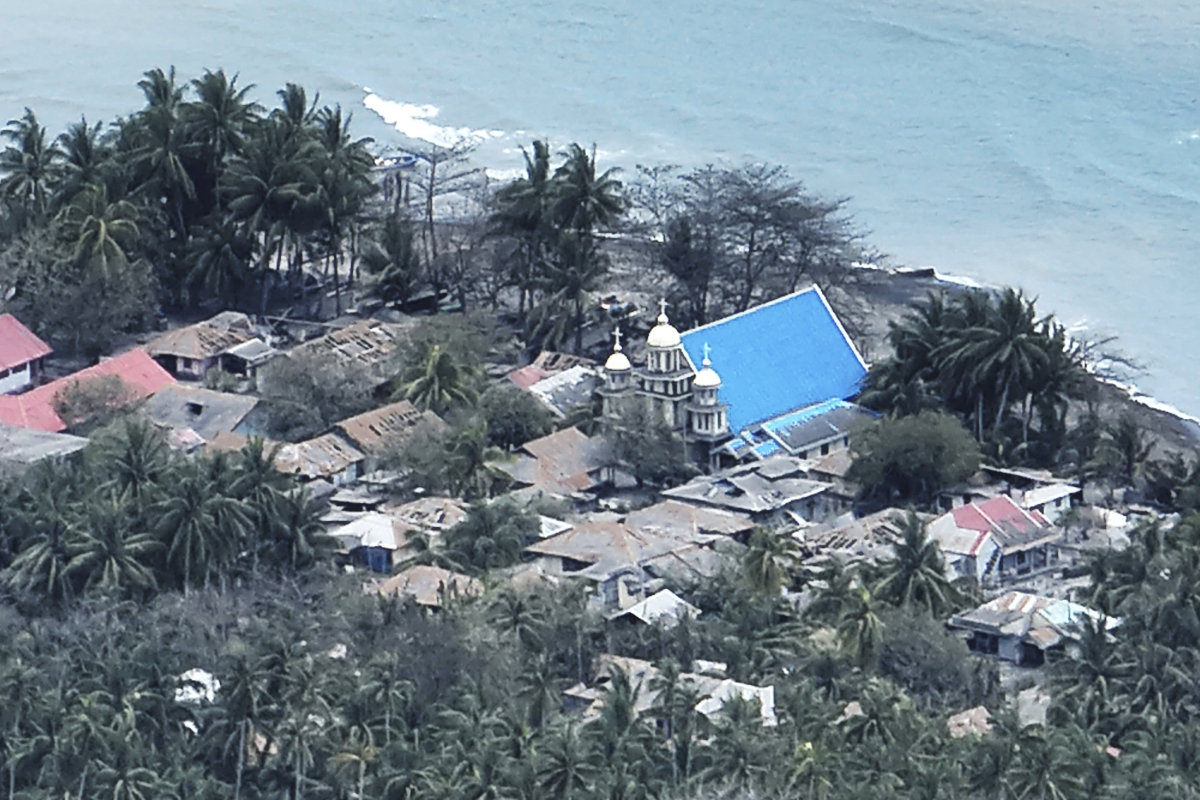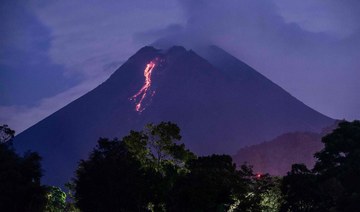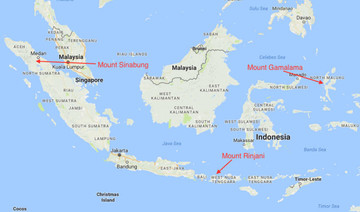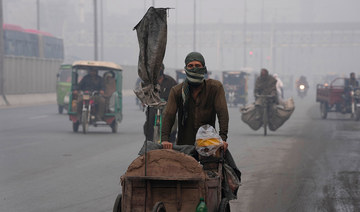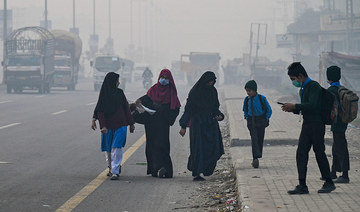JAIPUR: The UAE's Assistant minister for culture and public diplomacy is asking more Emirati writers to be curious about India.
Ghobash, who is in the western Indian city of Jaipur to attend its five-day literature festival, said he wants a greater interaction between Emirati writers and the Jaipur Literature Festival (JLF).
“The festival itself is huge. It has a large audience, with so many different subjects being tackled simultaneously. I am pleased I am here,” Ghobash told Arab News.

UAE author and the Assistant minister for culture and Public Diplomacy Omar Saif Ghobash is holding an interactive session at the JLF where he is discussing with the Indian author Rakhshanda Jalil what it means to be a Muslim, an Arab and a father. All his three sessions saw packed audience. (Photo by : Sanjay Kumar - Arab News)
Ghobash praised the “curiosity of the Indian audience for the Arab world” at the JLF.
“I am hoping to have some kind of a tie-up with the UAE and the JLF (so that) interested people can come here. It will increase links with the Emirates and India,” he said, adding that: “We need to do a lot from our side to bring in more writers and thinkers to places like JLF and other parts of India to explain what is happening in our parts of the world.”
The envoy said: “When I go back I will encourage other Emirati writers and Arab thinkers to come to India. Maybe we can organize our own special festival and events. We need to be listening to each other.”
Ghobash catapulted to fame with his 2017 book “Letters to a Young Muslim” — a series of personal letters to his son — which offers a manifesto to tackle global issues.
The burning question, Ghobash argues, is how moderate Muslims can unite to find a voice that is true to Islam while engaging with the modern world.
At the JLF, he is part of two panel discussions titled “Present Tense” and “Letters to a Young Muslim,” where he is talking about the present crisis in the Gulf and the evolving facets of Islam in the region.
Several young festival attendees queued for a signed copy of his book.
“I didn’t think anyone would buy the book. I was surprised when lots of young people bought my book and came for my signature.”
The author added: “I am surprised that there is a great deal of interest among young people about the Arab world. The audience was asking about how Islam is accommodating the changes in technology, society and the economy.”
Ghobash said that his father and uncle had trade links with Mumbai and were well-versed in the Hindi language. “There is a deep, historical relationship. There was a period when the relationship fell into neglect. But Gulf states hold India in high regard. Recently, there has been much more interaction between India and the Arab world. It is very exciting to see where the relationship has moved on,” he said.
He added that “a glasnost is taking place in Islam in the Arab world. It is looking inside and trying to understand what we did right what we did wrong, whether this is the right way to go forward. We are taking very important steps to move beyond the closed environment we were in for a long time.”
Another Emirati author taking part in this year’s literary festival is Afra Atiq, an award-winning poet and PhD candidate, who recently won the special achievement award at the Arab Women Awards and the 2017 Abu Dhabi Music and Arts Foundation creativity award.
“It’s an amazing festival to be in, people are so welcoming, it is really a nice experience.” Atiq told Arab News.
She added: “People here are very curious about the Arab world and its literature. But poetry is universal and it goes above and beyond, it is borderless.”



